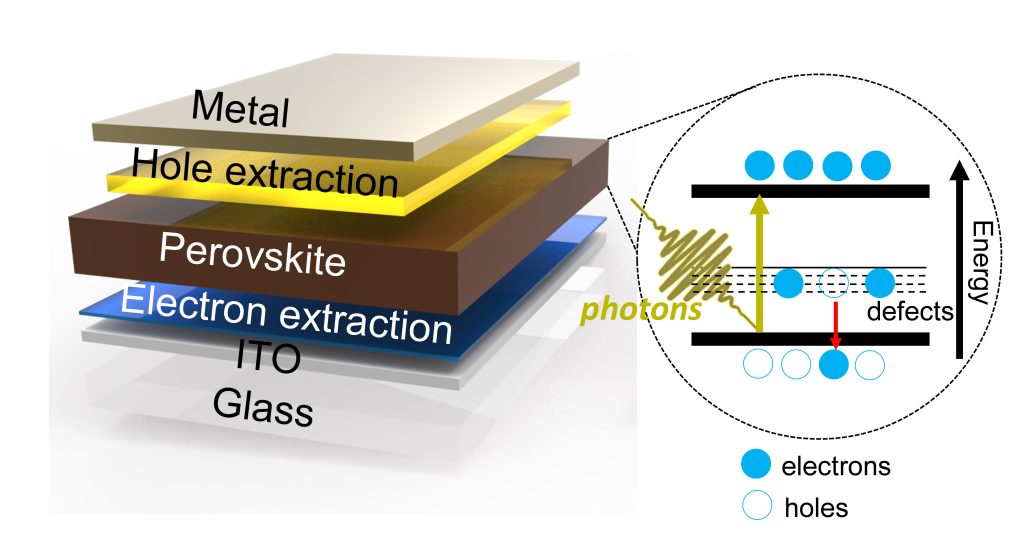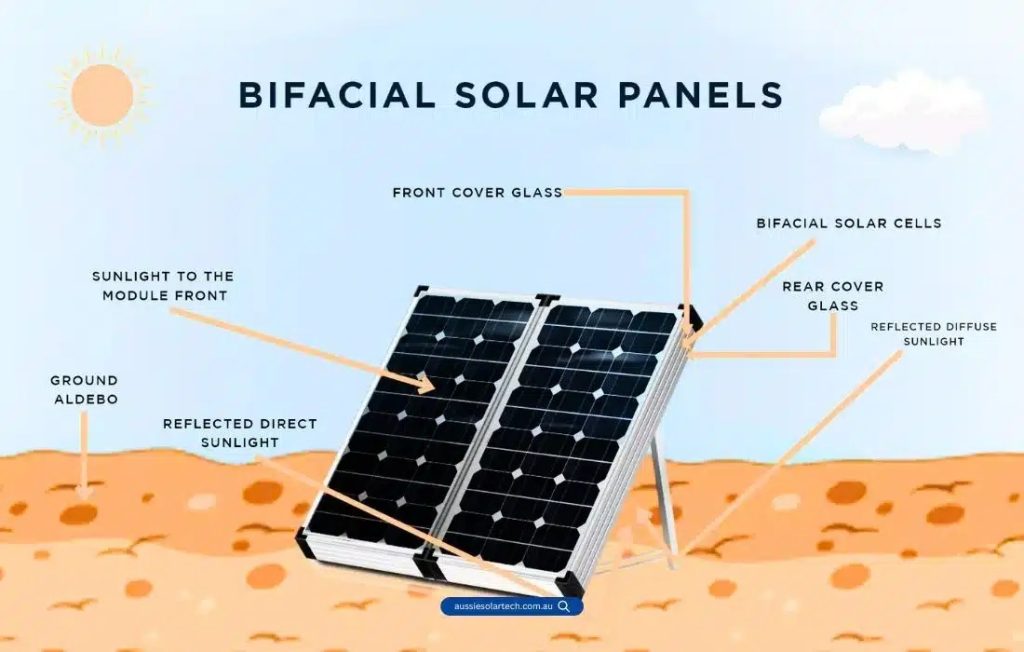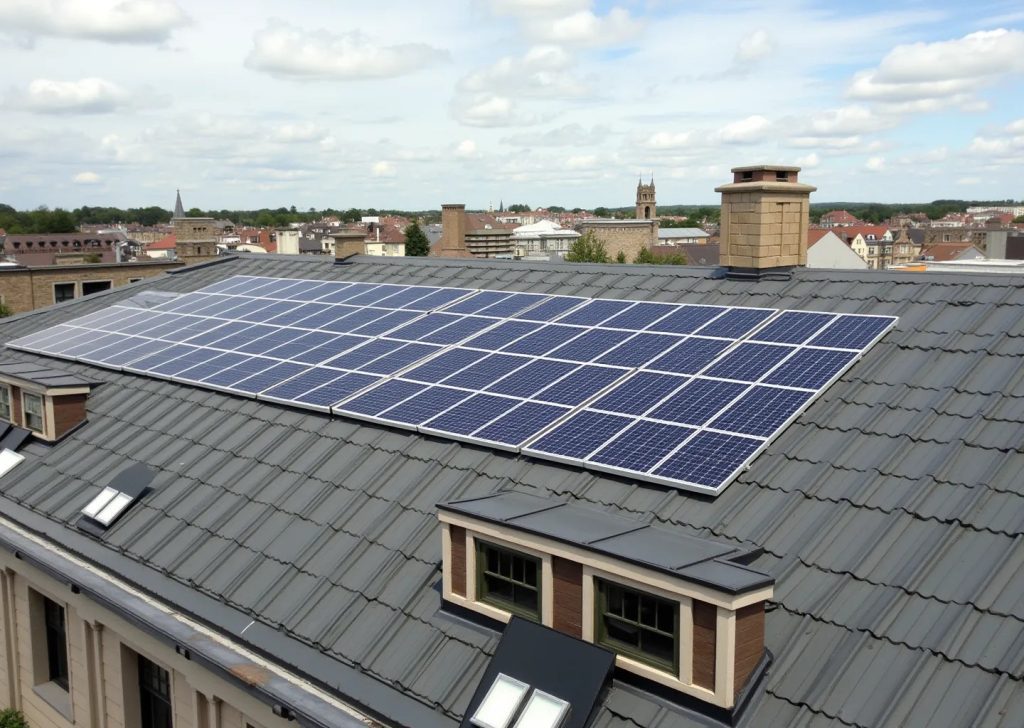The Future of Solar Energy: Innovations That Will Change the World
Key Takeaways on the Future of Solar Energy
| Section | What You’ll Learn |
| Introduction | Why solar energy is becoming more important and the need for innovation. |
| Advances in Solar Panel Efficiency | New technologies like perovskite cells, bifacial panels, and transparent solar panels. |
| Solar Storage Solutions | How new battery technology and hydrogen storage are solving solar energy’s intermittency issue. |
| Floating Solar Farms | Benefits, real-world projects, and challenges of floating solar technology. |
| Smart Solar Grids & AI Integration | The role of AI, IoT, and decentralized solar networks in optimizing energy use. |
| Conclusion | The future impact of these innovations and potential investment opportunities. |
Introduction
Solar energy has emerged, undoubtedly adult, as one of the most promising renewable energy sources, a cleaner and more sustainable alternative to fossil fuels. For solar power to impact the energy supply for the world as a whole, there has to be a commitment to the upgrading of solar technology. With the general rise in the commercial penetration of the solar market, the efficiencies obtained with traditional solar modules are now looking up for the task of storing energy and/or linking the modules to the grid. Technological progress in solar energy, as promising as it is, is what will shape the future of clean energy.
In this article, we will list the foremost innovations taking place in the world of solar energy.
1. Advancements Toward Their High-Efficiency
Advances in efficiency in maximizing the energy harvest from sunlight through solar panels have always been of great importance. While cleavage in efficiency and application for traditional silicon-based photovoltaic panels are likely to continue, the development of new technologies will supplement their paintbrush for higher efficiency.
Perovskite Solar Cells – The Future of Efficiency

Perovskite solar cells may open a new horizon in achieving higher efficiency at lower costs. Different from traditional silicon panels, perovskites are lightweight, flexible, and can be manufactured from low-cost materials. In some laboratory models, efficiencies above one-third have already been reported that surpass the efficiency range of conventional panels.
Bifacial Solar Panels – Capturing More Rays

https://aussiesolartech.com.au/solar-panel/bifacial-solar-panels/
Bifacial solar panels are meant to capture sunlight from both sides, further increasing production by a 25%-30% boost. These types of panels are very effective in snowy and desert environments where sunlight is utilized by reflections. Countries like China and the United States are putting greater stress on bifacial technologies to enhance the output of solar farms.
Transparent Solar Panels: A Fresh Way to Promote Power Through Cities
Imagine if every window could produce electricity: transparent solar panels that could get embedded in the very fabric of buildings and convert skyscrapers or houses into energy producers. These panels use organic photovoltaic materials that absorb infrared light to generate energy while permitting visible light to pass through. This may lead to an alternative for the configuration of power solutions in urban settings.
Read This Also: Boom Supersonic Flight: XB-1 Breaks the Sound Barrier, Reviving High-Speed Air Travel
2. Solar Storage Solutions
One of the most serious issues with solar energy is the fact that solar energy only takes place during the day. Solar energy doesn’t provide a reliable energy source around the clock without an energy storage solution. Luckily, battery advancement and substitutions in that field are solving the riddle.
Next-Generation Battery Technology
Some new battery designing technologies, such as lithium-sulfur and solid-state batteries, are extremely promising candidates for replacing traditional lithium-ion batteries. These promise higher energy density, longer life span, and better safety. Of these next-gen technologies, solid-state batteries should, theoretically, be safer solutions for large-scale solar storage as they alleviate overheating hazards.
Solar-Powered Hydrogen Production
Hydrogen exists as one of the key contenders in terms of renewable energy storage. In a solar-powered process of electrolysis, hydrogen and oxygen can be split during the catalysis process, gathering energy in the form of hydrogen gas. Hydrogen can be converted back to power when needed, thus returning to the clean cycle of energy. Countries such as Japan and Germany have spared no effort in investing in hydrogen-based energy alternatives.
3. Floating Solar Farms: The Next Big Trend?

The scarcity of land has become a big problem nowadays, whereby floating solar farms are considered the new-age solution. They are installed on water bodies such as reservoirs, lakes, and the ocean.
Advantages of the Floating Solar Farms
• Higher efficiency: Water cools the panels and improves efficiency.
• Lands that otherwise would be used are saved.
• Water conservation: Layers of water reduce water evaporation in reservoirs and mitigate algae growth, hence improving water quality.
Effort on projects
Huge floating solar farms have been successfully constructed in China, India, and the Netherlands. One of the largest of these floating solar farms is in China, in Anhui province, which generates energy capable of powering thousands of Australian homes.
Some challenges of floating solar and its hopes
There are challenges such as high installation costs and the maintenance of these floating arrays in rough waters that hamper floating solar farms despite the advantages. However, continuous research and investment will make this technology more affordable and widely realized shortly.
4. Smart Solar Grids and AI Integration
With the growth of solar energy adoption, integrating it properly and efficiently within power grids becomes important. Smart solar grids powered by artificial intelligence and the Internet of Things optimize energy distribution like never before.

How AI is improving solar efficiency
Artificial intelligence algorithms can forecast energy supply and requirements and filter to ensure that solar power is used as effectively as possible. Machine learning also analyzes weather patterns, historical power usage trends, and grid performance to ensure maximal efficiency and minimal wastage.
IoT’s role in smart grids
IoT-enabled sensors and smart meters allow energy usage to be monitored in real-time. Such systems help utility companies balance energy distribution, preventing blackouts by redirecting energy wherever it is needed most.
Decentralized solar networking with peer-to-peer energy sharing
Any individual can produce and share solar energy with another peer through a decentralized solar grid. Further evolution in this kind of buying and selling of energy has to do with blockchain technology, giving people an opportunity to trade the surplus solar energy they produce and have it sold to their neighbors. Countries like Australia and Germany are already trialing this model, which may, in the future, establish a more independent and resilient energy system.
Conclusion
The solar energy future is extremely bright with ongoing advances in efficiency, storage, and integration. Perovskite cells, clear panes, and floating solar farms have changed the way people view energy generation today. All the storage possibilities like next-gen batteries and hydrogen strive for energy transitioning, while smart grids supercharged by artificial intelligence make solar energy much more steadfast.
At the moment that there are increased investments in solar technology, these innovations are bound to play a vital role in attaining global energy sustainability. Needs for government, corporate, and individual support to research and adopt to create a clean and green future remain high.




4 thoughts on “The Future of Solar Energy: Innovations That Will Change the World”